You have not yet added any article to your bookmarks!

Join 10k+ people to get notified about new posts, news and tips.
Do not worry we don't spam!
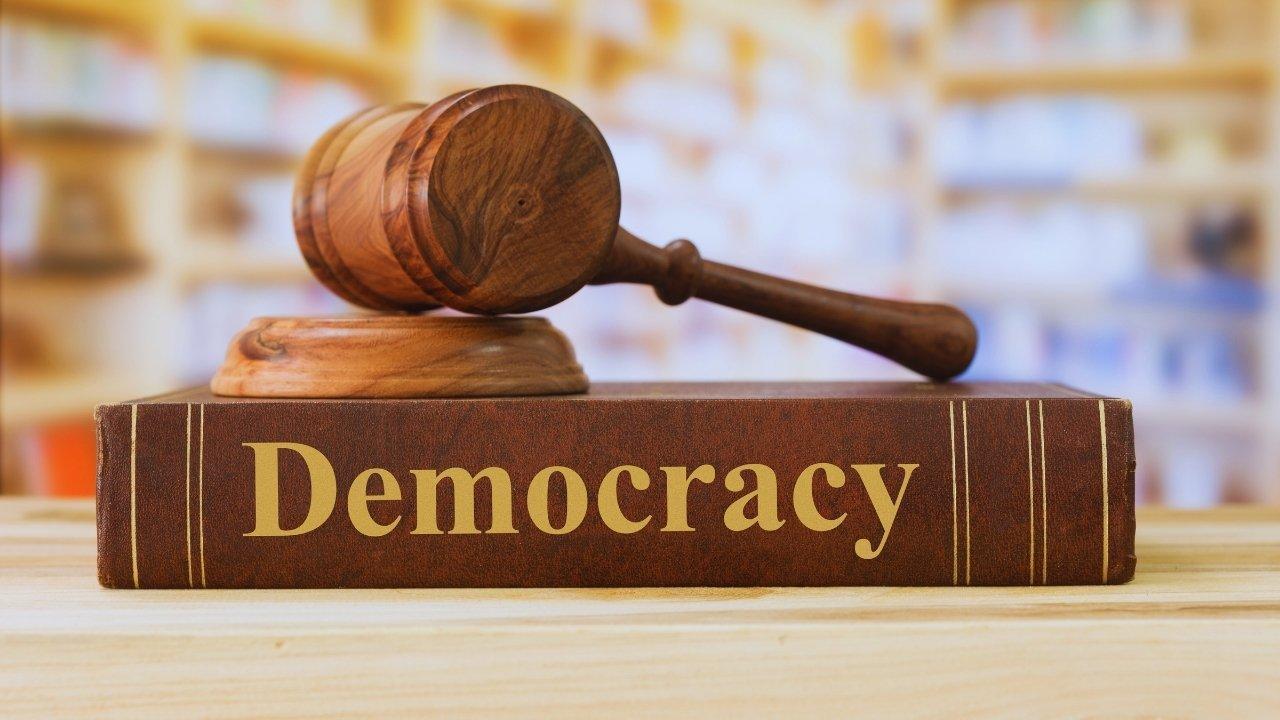
Post by : Anis Farhan
In many emerging economies today, democracy is being shaped more powerfully than ever by youthful voices. Young people—typically those aged between 15 to 30—are no longer passive observers of political life. They are voting, protesting, mobilizing online and offline, and demanding governments respond to crises that directly affect their lives: jobs, education, climate, corruption. As birth rates remain high in many developing nations, the youth demographic is a powerful force. Their choices at the ballot box are forcing political systems to adapt: changing how parties campaign, how policies are framed, how elections are held, and how leaders are held accountable.
This article delves into how mass youth voting is transforming democracy in emerging economies. We’ll look at recent examples, the forces driving youth participation, the obstacles young voters still face, how political systems are responding, and what future trends might emerge. The goal is to understand not just what is happening, but how lasting these changes may be.
Emerging economies around the globe are showing clear signs that young voters are no longer marginal. In some recent elections, youth turnout has become a deciding factor.
In Botswana’s recent general election, youth—which comprise a large proportion of the population—registered in large numbers and turned out in force. While overall voter turnout dipped slightly compared to earlier years, the political mood among young people helped shift power from long-standing ruling parties to newer alternatives. Issues like unemployment, skills development, and affordable housing featured prominently in their demands, pushing political platforms to address them.
In Rwanda, youth are forming a majority of the electorate, and recent data shows that a major chunk of registered voters fall within younger age brackets. Turnout remains high overall, and youth priorities—such as vocational training, access to education, employment opportunities—are increasingly included in election manifestos. Programs targeting youth empowerment have also received attention and funding.
Another example comes from parts of South Asia, where Gen Z movements have risen beyond mere social media activism. In countries where corruption, nepotism, or economic stagnation have frustrated younger generations, youth-led protests have erupted, leading to resignations of powerful political figures or the collapse of older leadership. These protests are often under-reported in the formal discourse, but their ripple effects are forcing institutions to reexamine leadership practices, transparency, and responsiveness.
These cases show that mass youth voting isn’t just about turnout; it's about influence. Young voters are changing which issues are political priorities and, consequently, pushing politicians to shift their platforms, change rhetoric, and sometimes change policies.
What has caused this surge in political engagement among youth in emerging economies? Several combined factors are at play.
Youth unemployment is a serious issue in many emerging economies. Young people see limited job opportunities, rising cost of living, unstable incomes, and sometimes corruption in hiring or contracts. When economic prospects look restricted, the political stakes rise. Young voters are more likely to vote when they believe their vote might affect economic policy, job creation or living costs.
Access to education, especially secondary and tertiary education, has improved in many countries. Education not only helps make young people aware of political rights and responsibilities, but also gives them tools to evaluate political claims. Alongside education, widespread use of smartphones, social media platforms, and messaging apps gives youth access to news, political debate, and citizen activism.
This digital connectivity lets young people organize, mobilize, share information, fact-check claims, and hold leaders to account in real time. It also lets them see each other’s grievances, amplify their shared concerns, coordinate protests or youth voter registration, and generate visibility for issues like climate change or corruption.
Younger generations are less willing to accept the status quo. Issues such as climate change, gender equality, LGBTQ rights, mental health, and social justice are becoming central to how youth assess governments. Traditional politics—based on personality, patronage, or identity—are often less appealing than platforms promising change or accountability.
Youths are also more aware of global norms, thanks to media and exposure, and compare their governments to other countries. In many cases, comparisons show gaps in transparency, fairness, or access to opportunity, which fuels dissatisfaction and political activism.
Some countries are adapting. Reforms that make registration easier, reduce barriers to voting, introduce youth quotas in political parties or parliaments, lower voting ages, or even allow remote ballots (e‐voting, postal voting) are helping increase youth turnout. Where political systems respond to young people’s demands, youth are more likely to believe their vote counts, which feeds more participation.
In many nations, youth engagement programs—either initiated by governments, NGOs, or international organisations—help run civic education campaigns, debates, or social media campaigns aimed at first-time voters. These help build awareness, reduce apathy, and provide practical support for voting.
Though the momentum is real, several obstacles remain, both institutional and cultural.
Disappointments with political corruption, broken promises, or lack of tangible improvement can lead young people to mistrust both politicians and institutions. When the expectations of youth (for better quality education, employment, or clean environment) are not met, disillusionment sets in. Some may feel voting is a ritual that doesn’t change things.
In many rural areas or among marginalised groups, access to polling stations, voter registration is difficult. Some countries require physical presence, complicated paperwork, long travel times. Youth in remote areas, young women, indigenous youth, or those with disabilities often face higher hurdles.
Digital platforms are double-edged. While they empower, they also expose young people to disinformation, echo chambers, deepfakes, or partisan manipulation. Some political actors exploit algorithmic targeting to sway youth with emotionally charged content rather than fact-based policy debate. These distortions can hamper informed decision making.
For many young people, especially those struggling economically, taking time off work, traveling long distances to vote, or just engaging politically can have real costs. If elections are held during times that conflict with livelihood or family obligations, youth turnout can suffer.
Not all countries allow younger age groups to vote. Where voting age remains high (or where age limits for certain elections apply), many youth remain enfranchised legally but excluded in practice. Even where voting rights exist, sometimes youth representation within political parties or in selections of candidates is minimal, limiting influence.
To accommodate the rising youth voice, some emerging democracies are making changes in response.
Political parties increasingly tailor messages to younger audiences, using social media, pop culture references, and influencer endorsements, rather than traditional modes of campaigning.
Some countries are introducing lower voting ages for certain elections or considering that. This enfranchises younger adolescents, giving them earlier stakes in the political process.
Electoral systems are being reformed to reduce barriers: simplifying voter registration, introducing mobile registration units, leveraging technology for remote or postal voting, and facilitating early voting.
Civic education is increasingly embedded in schools, universities, and public campaigns. Youth-targeted voter awareness programs, debates, mock elections, among others, are common.
In some cases, youth are being offered formal roles: youth wings of political parties, youth quotas in candidate lists, positions in government bodies or advisory councils designed for younger citizens.
Monitoring and pushing for transparency: young journalists, digital platforms, watchdog NGOs are more actively identifying and reporting about election irregularities, misuse of public funds, or government corruption.
What might the long-term impact be if current trends persist?
As youth make up a larger share of the electorate, governments will have to pay more attention to issues young people care about—education, employment, the environment, inequality. Policies may shift faster, and accountability may become stronger.
Long-term priorities such as climate action, mental health resources, gender equality, digital rights are likely to be more central to national agendas. More investment in green infrastructure, tech education, social safety nets might result.
Traditional parties that fail to adjust risk losing out. New parties or new coalitions may emerge, often led by younger politicians or anchored around youth issues. Political culture may become more participatory, less hierarchical.
Young voters turning out massively does not guarantee consensus. If politicians continue using divisive messaging or identity politics, polarization can grow. Populist figures may try to attract youth through simple promises or emotionally loaded issues without delivering real solutions.
If youth pressure for transparency, rule of law, and better institutions is sustained, these democracies may strengthen electoral management, anti-corruption bodies, independent courts, media freedoms. Civil society may become more vibrant.
Here are emerging patterns to observe in the coming years that may shape how youth voting affects democracy.
Voting Age Reforms: More emerging economies may lower the voting age to 16 or introduce mechanisms that allow younger people to participate in some form (mock votes, youth councils, etc.).
Technology in Elections: The growth of e-voting, mobile voting, online registration, and better ID verification systems may reduce logistical barriers.
Youth Representation in Leadership: Increasing number of young candidates, youth quotas, or reserved seats in local or national assemblies.
Cross-border Solidarity & Global Youth Movements: Connectivity allows youth across nations to share strategies, protest together (on climate, for example), and put pressure internationally on governments.
Policy Metrics Aligned with Youth Priorities: Governments may increasingly use youth satisfaction, youth unemployment, mental health indices, environmental quality as performance metrics.
Digital Accountability Tools: Apps or platforms that allow voting tracking, government promise tracking, citizen budgeting, real-time governance feedback.
Mass youth voting is not a fleeting phenomenon—it represents a structural shift in democracies across emerging economies. Young people are asserting influence, reshaping agendas, demanding accountability, and refusing to accept old modes of politics as sufficient. While challenges remain—access, misinformation, disillusionment—momentum is growing.
For democracy to benefit fully, both political systems and society must respond: reduce barriers, engage youth meaningfully, and answer their concerns with real policy changes. If this happens, democracy will not simply survive in emerging economies; it may flourish in ways older political generations never imagined.
This article is based on recent observations and research as of 2025. It is meant for informational purposes and does not substitute for academic or policy advice. The trends discussed may evolve, and democratic developments vary widely between countries.
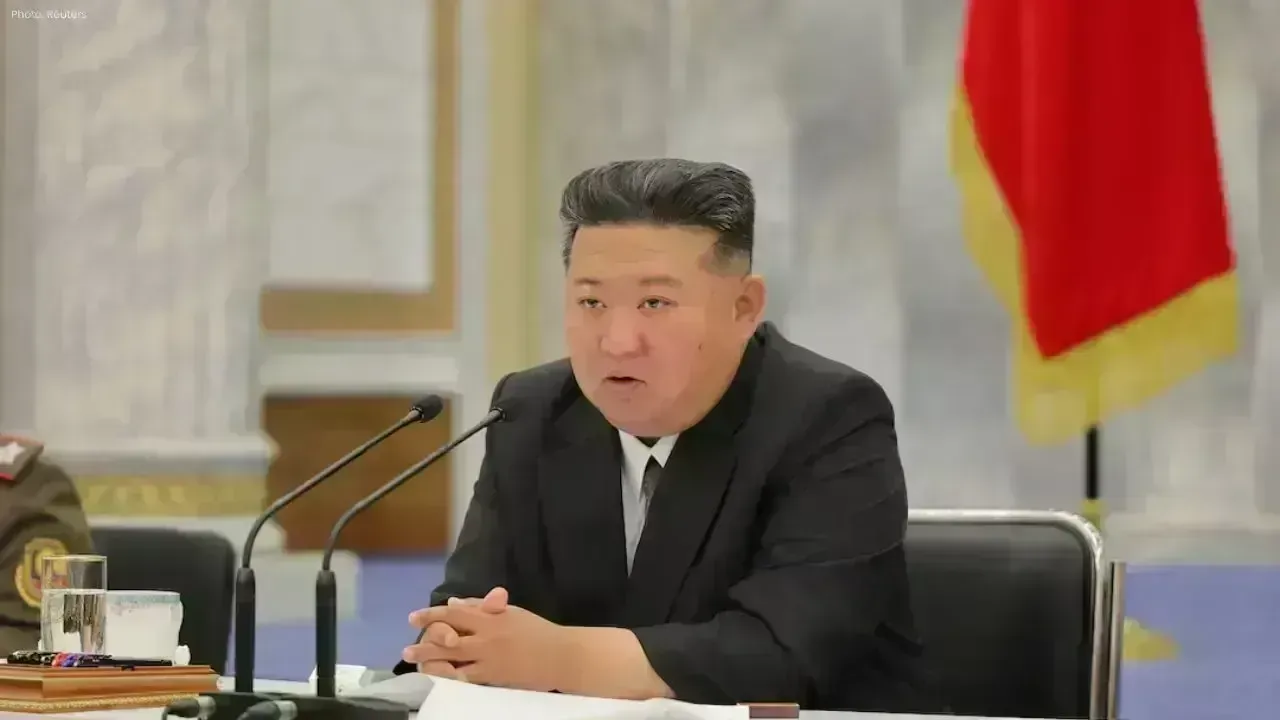

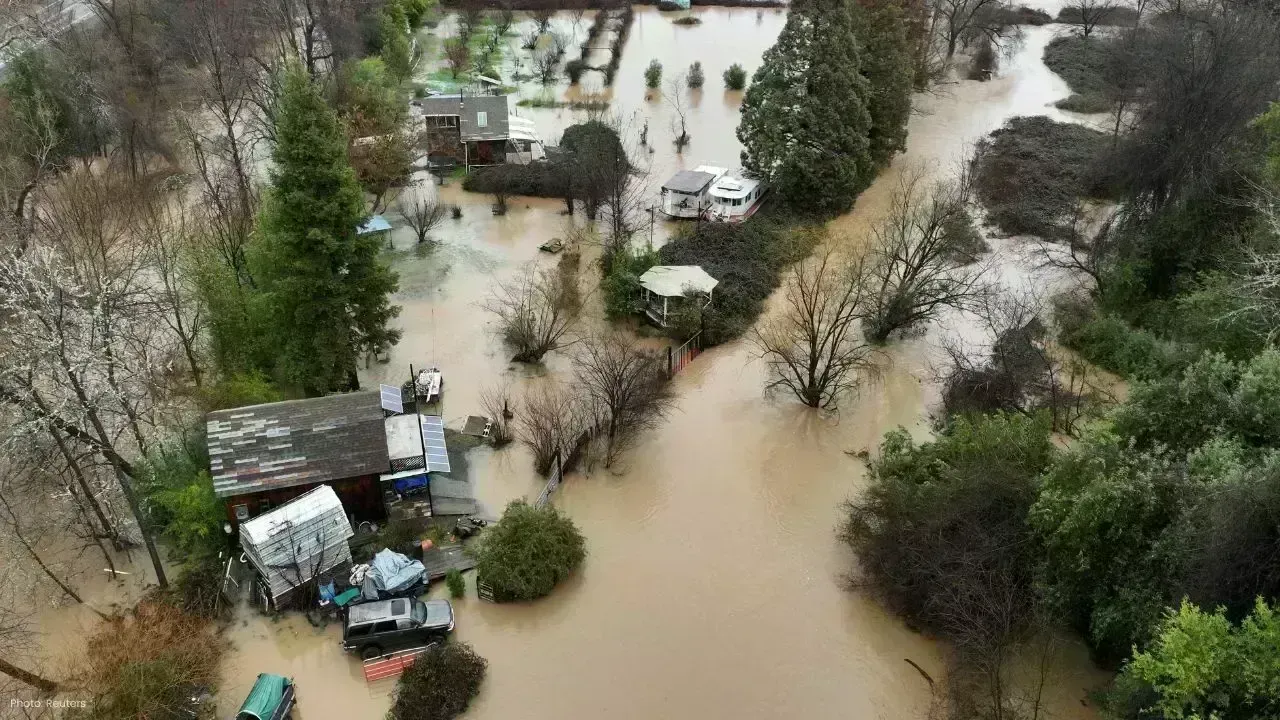
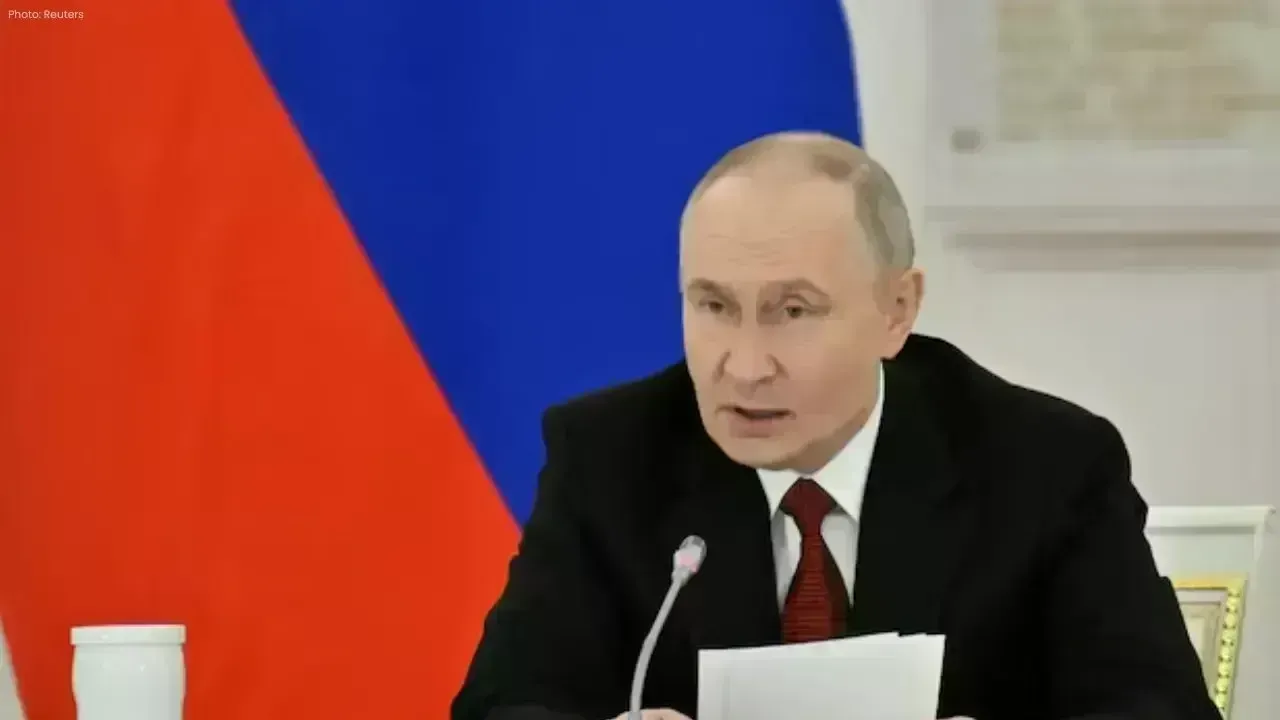






Thailand Defence Minister Joins Talks to End Deadly Border Clash
Thailand’s defence chief will join talks with Cambodia as border clashes stretch into a third week,

India Raises Alarm Over Fresh Attacks on Hindus in Bangladesh
India has condemned recent killings of Hindu men in Bangladesh, calling repeated attacks on minoriti

Sidharth Malhotra & Kiara Advani Celebrate Baby Saraayah’s 1st Christmas
Sidharth and Kiara share adorable moments of baby Saraayah’s first Christmas with festive décor and

South Korea Seeks 10-Year Jail Term for Former President Yoon Suk Yeol
South Korea’s special prosecutor demands 10 years for ex-President Yoon Suk Yeol on charges includin
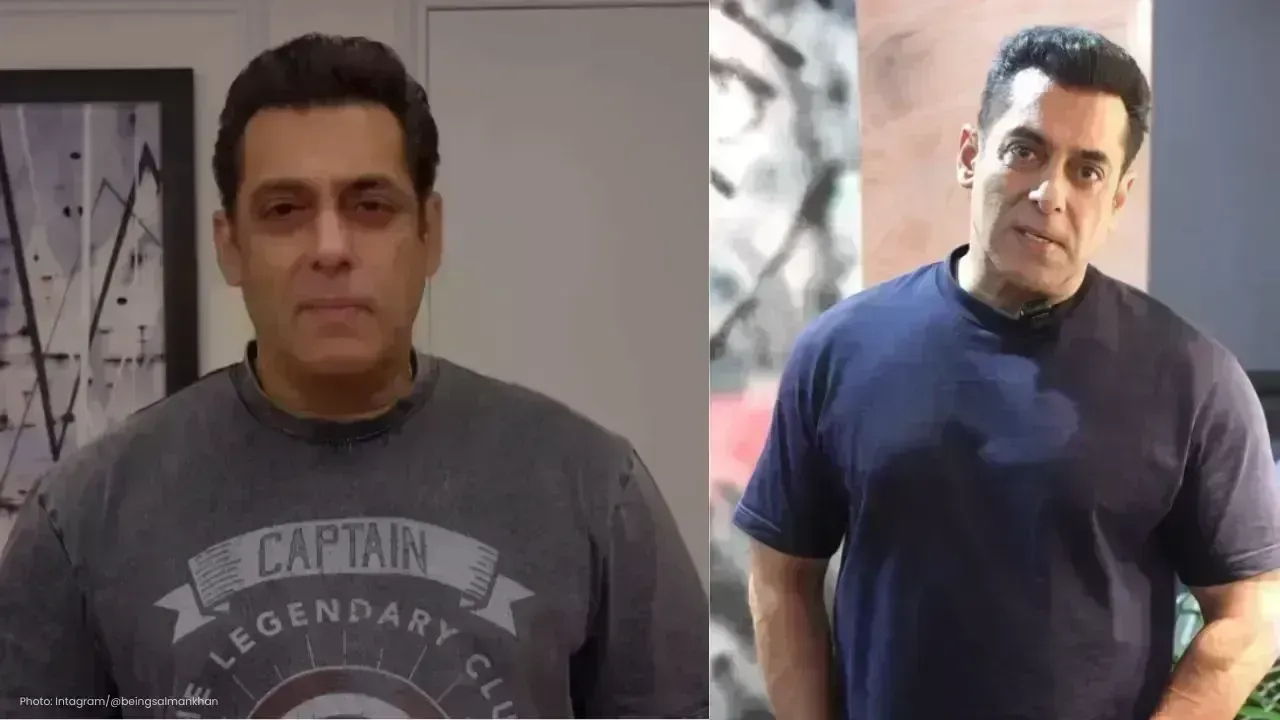
Salman Khan’s Exclusive 60th Birthday Bash at Panvel Farmhouse
Salman Khan to celebrate his 60th birthday privately at Panvel farmhouse with family, friends, and a

Dhurandhar Breaks Records with Rs 1006 Cr, Becomes Bollywood’s Biggest Hit
Dhurandhar rakes in over Rs 1006 crore worldwide in 21 days, becoming Bollywood’s highest-grossing f